Introduction
Rabbits, like many other animals, have unique behaviors and adaptations that set them apart from humans. One of these intriguing behaviors is the ability of some rabbits to sleep with their eyes open. This phenomenon might seem strange or even eerie to us, but it actually serves a practical purpose in the wild. Rabbits are prey animals, and their survival depends on their ability to stay alert and quickly respond to potential threats. Sleeping with their eyes open allows them to maintain a level of awareness of their surroundings while still getting some rest.
Not all rabbits sleep with their eyes open; it’s a behavior that varies among individuals and can be influenced by factors such as their environment, comfort, and feeling of safety. Domestic rabbits live, for instance, might be more likely to sleep with their eyes closed since they are in a more secure environment compared to their wild counterparts.
Rabbits have large, protruding eyes located on the sides of their heads, providing them with a wide field of vision, which is especially useful for detecting predators. This anatomical feature also allows them to scan their surroundings without moving their heads, which further aids in their survival.
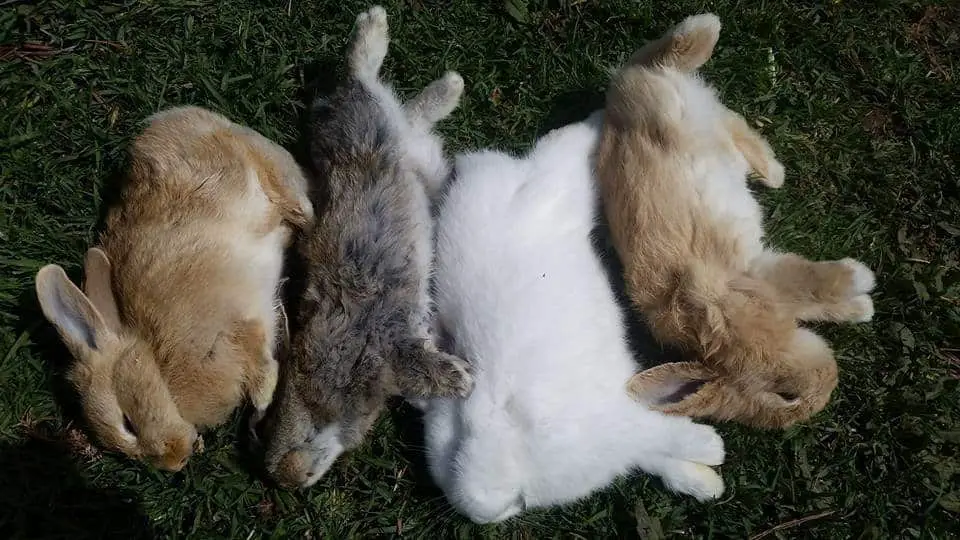
Why does my rabbit sleep with his eyes open?
Rabbits learned to sleep with their eyes open as a defense mechanism. In the wild, sleeping with their eyes open gives rabbits two advantages: The illusion of being awake. Predators are more likely to attack a sleeping rabbit as they are less alert and can’t escape.
The Physiology of Rabbit Vision
To understand why rabbits sleep with their eyes open, it’s essential to grasp the unique characteristics of their vision. Rabbits are prey animals, which means they are constantly on the lookout for potential predators. Their wide-set eyes provide a panoramic field of vision, allowing them to detect movement from various angles. Additionally, rabbits have a greater ratio of rod cells to cone cells in their retinas, making them well-adapted for low-light conditions. This specialization in vision equips them to spot danger even in dim lighting, such as during the night.
Sleep Patterns in Rabbits
Rabbits are crepuscular animals, meaning they are most active during dawn and dusk. This behavior is a survival strategy that helps them avoid both diurnal and nocturnal predators. Their sleep pattern is divided into several short periods throughout the day and night. Unlike humans, rabbits experience a type of sleep called “polyphasic sleep,” which involves alternating between periods of wakefulness and rest. During these brief naps, rabbits can enter a light sleep state while keeping their senses alert.
The Phenomenon of Sleeping with Eyes Open
When rabbits sleep, they tend to keep their eyes open to some extent. This behavior is linked to their evolutionary history as prey animals. By sleeping with their eyes open, rabbits can maintain a certain level of vigilance even while resting. Their eyes might not be wide open like when they’re awake, but they often exhibit a semi-open eyelid position. This allows them to quickly detect any potential threats in their environment.
Do rabbits shut their eyes when they sleep?
Rabbits can, and often do, sleep with their eyes open. They can sleep with their eyes closed too, but usually rabbits will only close their eyes when they are sleeping if they feel very safe.
Rabbit Sleep Patterns
Rabbits are crepuscular animals, meaning they are most active during the twilight hours of dawn and dusk. Their sleep pattern is quite different from that of humans or other animals. Instead of experiencing a long, continuous sleep period, rabbits engage in polyphasic sleep. This means they have multiple short sleep cycles throughout a 24-hour period, usually lasting a few minutes to around half an hour each.
Open-Eyed Rest
One of the most striking behaviors of rabbits during sleep is their tendency to keep their eyes partially open. While it might appear that they are staring blankly into space, this phenomenon has a logical explanation rooted in their evolutionary history.
Rabbits are prey animals, which puts them in a constant state of vigilance. Their open-eyed rest serves as a survival strategy. By keeping their eyes slightly open, rabbits can instantly detect any movement or potential threats in their environment. This adaptation allows them to stay alert even while they’re at their most vulnerable—during sleep.
Trust and Comfort
Interestingly, the degree to which rabbits keep their eyes open while sleeping can vary depending on their level of comfort and trust in their surroundings. A rabbit that feels secure and safe is more likely to shut its eyes more fully during sleep. This behavior indicates that the rabbit is at ease and confident that no immediate danger is present.
How often do bunnies sleep with their eyes open?
Around 70% of the time your rabbit spends sleeping, it’s only light sleep. That’s when your rabbit’s eyes are open, so he can easily wake up and run away if needed. The other 20% is deep sleep, where his eyes are most likely shut, and he’s relaxed and vulnerable
The Crepuscular Sleep Cycle
Before diving into the frequency of open-eyed sleep, it’s crucial to understand the sleep cycle of bunnies. These fluffy creatures are crepuscular, which means they are most active during the twilight hours of dawn and dusk. Their sleep pattern is distinct from that of diurnal or nocturnal animals. Instead of enjoying long, uninterrupted periods of sleep, bunnies opt for polyphasic sleep, wherein they take multiple short naps throughout the day and night.
The Vigilant Sleepers
One of the most intriguing aspects of bunny sleep is their propensity to maintain partially open eyes during rest. This behavior is closely tied to their natural instincts as prey animals. By sleeping with their eyes slightly open, bunnies can remain vigilant to any potential threats in their environment. This unique adaptation allows them to rest while still being prepared to react to danger, which is especially crucial for survival in the wild.
Frequency of Open-Eyed Sleep
The frequency with which bunnies sleep with their eyes open can vary among individuals and situations. Factors such as the bunny’s personality, level of trust in its environment, and feeling of safety play a role in determining the extent to which they keep their eyes open while sleeping.
How often do rabbits poop?
Average sized bunnies will make 200-300 poops per day. They should be uniform in size and shape which means rounded and pea to garbanzo sized.
The Unique Digestive System of Rabbits
Before we explore the frequency of rabbit poop, it’s essential to grasp the intricacies of their digestive system. Rabbits are herbivores, which means their diet consists primarily of plant-based foods like hay, fresh vegetables, and occasional fruits. Their digestive system is designed to extract the maximum nutrients from these fibrous foods, which are often challenging to break down.
Cecotropes: The Special Stools
Unlike many other animals, rabbits engage in a unique behavior known as “cecotrophy.” This involves consuming a type of stool known as cecotropes, which are soft, nutrient-rich pellets that are produced in a part of the rabbit’s digestive tract called the cecum. Cecotropes contain essential vitamins, proteins, and nutrients that are necessary for the rabbit’s well-being. When a rabbit ingests cecotropes, it’s actually recycling vital nutrients that were not fully absorbed during the initial passage through the digestive system.
Regular Poop: Hard Pellets
In addition to cecotropes, rabbits also produce what we typically think of as regular rabbit poop—the hard, dry pellets. These pellets are the indigestible parts of the rabbit’s diet, such as fiber and cellulose. These pellets are passed through the rabbit’s digestive system and expelled as waste.
What Colours can rabbits see?
While humans can observe a combination of red, blue and green, rabbits can only observe two colors: blue and green.
The Basics of Rabbit Vision
To understand the colors that rabbits can see, it’s important to grasp the fundamentals of their visual system. Rabbits are dichromatic animals, which means they have two types of color receptors or cones in their retinas. These cones are sensitive to certain wavelengths of light and are responsible for the perception of color. In contrast, humans are trichromatic, possessing three types of cones that enable us to see a wider range of colors.
Colors in the Rabbit Spectrum
The colors that rabbits can perceive are primarily in the blue and green range of the spectrum. This means that their color vision is somewhat limited compared to humans. Rabbits are particularly adept at distinguishing between shades of blue and green, and they can differentiate these colors from gray. However, their ability to see reds and oranges is significantly diminished.
This unique color perception is closely tied to the ecological niche of rabbits. In the wild, these small mammals are crepuscular, which means they are most active during dawn and dusk. During these times, the blue and green colors dominate the environment, making them crucial for detecting food, predators, and other important elements.
The Influence of Evolution
Rabbits’ color vision has evolved to suit their specific needs and circumstances. As prey animals, their survival hinges on their ability to detect movement and distinguish potential threats from their surroundings. While their color vision might not be as diverse as that of some other animals, their acute motion detection capabilities and wide field of vision make up for this limitation.
Are bunnies intelligent?
Yes, it turns out that rabbits are very smart! Some breeds are even trainable. For example, you can teach a bunny to recognise their names and come to you when called. Rabbits also have a very good memory: they don’t forget negative experiences and emotions easily.
Social Complexity: Bunnies are social animals that form intricate hierarchies and relationships within their groups. They communicate through body language and vocalizations, displaying an understanding of their companions’ emotions and intentions.
Problem Solving: Bunnies have been observed solving simple problems in their environment, such as figuring out how to access food or navigate obstacles. Their inquisitiveness and ability to adapt to new situations demonstrate a level of intelligence.
Learning and Training: Bunnies can be trained to respond to cues, such as coming when called or performing tricks. This suggests that they are capable of learning and remembering specific actions based on cues from their human caregivers.
Exploratory Behavior: Bunnies exhibit exploratory behaviors, which indicate their curiosity and ability to learn from their surroundings. They may investigate new objects and areas in their environment, demonstrating a certain level of mental flexibility.
Do rabbits have good memory?
Rabbits have very good memories. They possess what I call orientation memory. Our first rabbit had been in the house only a couple days when we began to feel sorry for her because we kept her in a cage.
Short-Term Memory: Rabbits, like many animals, exhibit short-term memory, which refers to the ability to retain information for a brief period of time. This can be seen in their ability to remember the layout of their environment, recognize familiar faces (both human and rabbit), and navigate obstacles.
Spatial Memory: Rabbits have demonstrated an impressive spatial memory, which allows them to recall the locations of food sources, hiding spots, and safe areas. This skill is vital for their survival in the wild, as it enables them to find resources while avoiding predators.
Social Memory: Social interactions play a significant role in a rabbit’s life, and they can remember the identities and behaviors of their fellow companions. This includes recognizing members of their warren (social group) and understanding the hierarchy within it.
Why do rabbits lick you?
Understand Your Pet Bunny’s Behavior | Kaytee Pets
Licking: Licking is a way bunnies groom each other. If your bunny licks you, it’s a sign of affection as you’ll often see pairs of bunnies grooming each other this way. A bunny lick is a sign of a bond.
Grooming Instinct: Licking is a natural behavior for rabbits, deeply ingrained in their grooming routine. In the wild, rabbits groom each other to establish social bonds, reinforce their group dynamics, and maintain hygiene. When a rabbit licks you, it might be a sign that it sees you as part of its social circle and is extending this grooming behavior to you. Essentially, your rabbit may be treating you as part of its “warren.”
Affection and Bonding: Rabbits are social animals that form strong emotional connections with their companions, both within and beyond their species. Licking can be a way for rabbits to show affection and strengthen the bond they share with you. When your rabbit licks you, it’s expressing its fondness and appreciation for your presence.
Taste and Exploration: Rabbits use their mouths and tongues to explore objects and their surroundings. Licking you could be their way of getting to know you better, associating your scent and taste with positive experiences. It’s a way for them to understand their environment and the individuals they interact with.
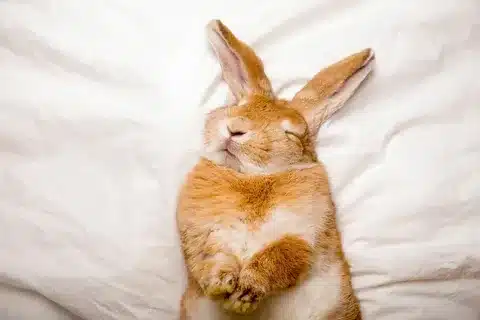
Conclusion
The behavior of rabbits sleeping with their eyes open is a testament to their evolutionary adaptations as prey animals. This unique ability allows them to maintain a level of awareness of their surroundings even while they rest, enhancing their chances of survival in the wild. By keeping their large, protruding eyes open and utilizing their wide field of vision, rabbits can quickly detect potential threats and respond accordingly. While not all rabbits exhibit this behavior, it serves as a reminder of the diverse and intriguing ways in which animals have developed strategies to navigate their environments and ensure their safety.
In essence, the phenomenon of rabbits sleeping with their eyes open encapsulates the fascinating balance between vulnerability and adaptability that characterizes prey species. It’s a poignant example of how animals have evolved to cope with the ever-present challenges of their habitats. As we observe this behavior, we gain deeper insights into the intricate strategies that animals employ to navigate their worlds and secure their place in the circle of life.

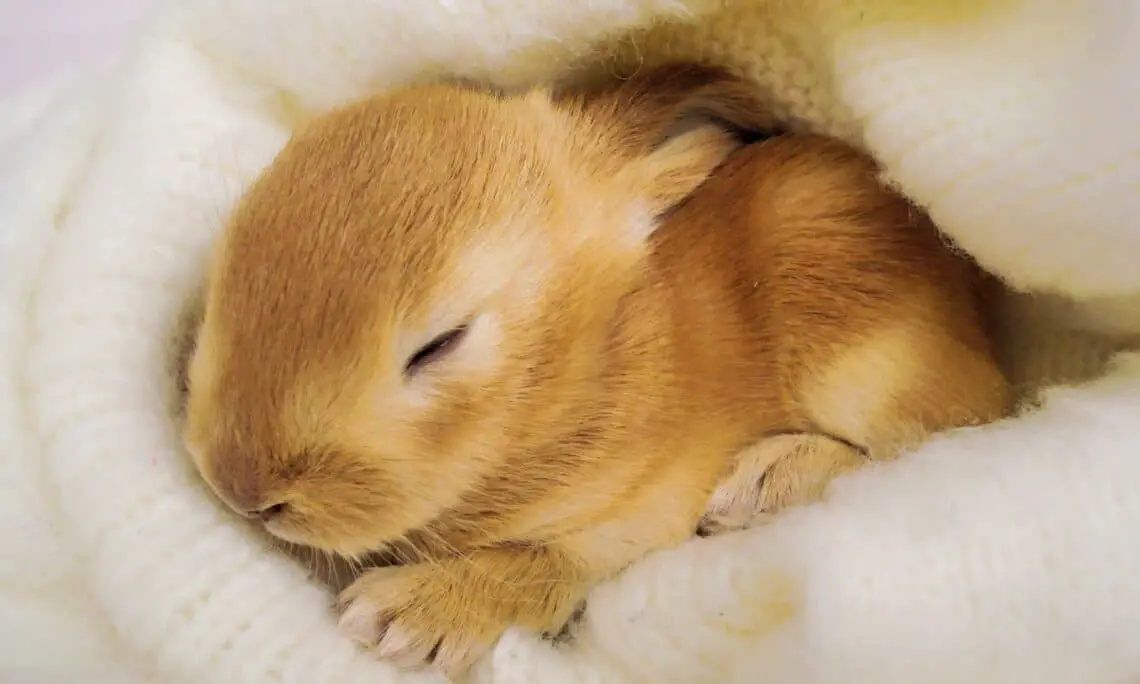
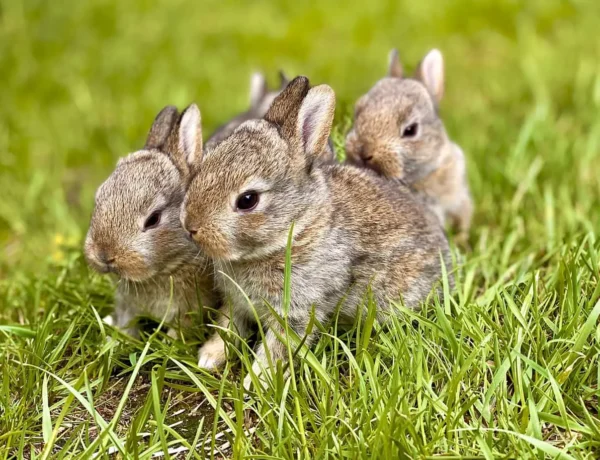
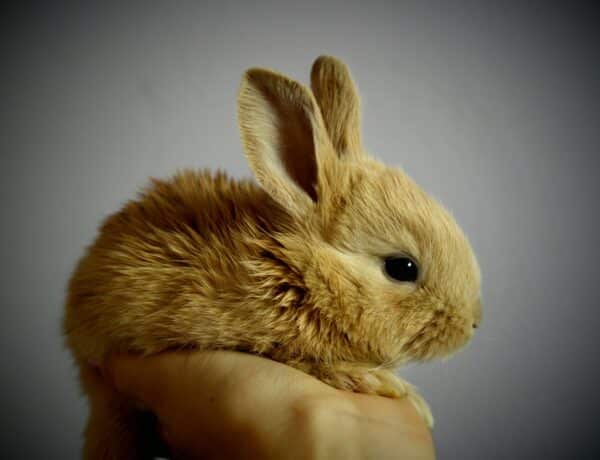
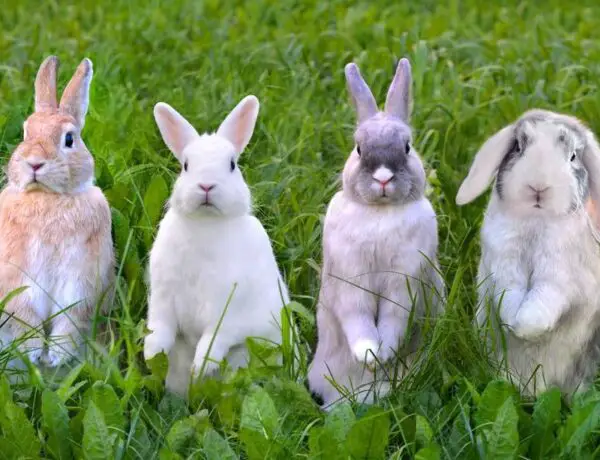
No Comments